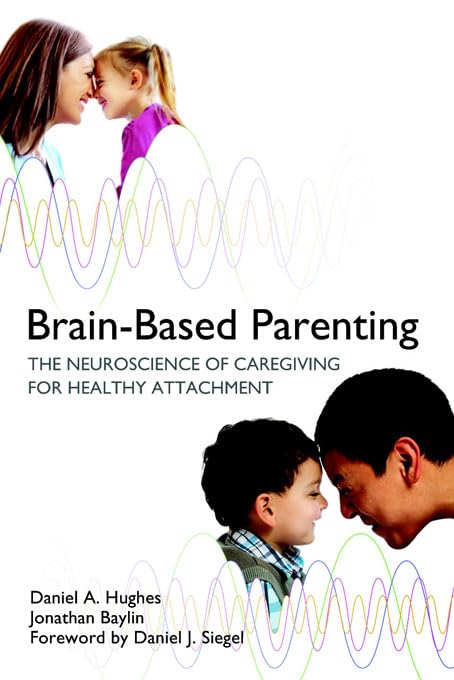
Brain-Based Parenting: An Overview
Brain-Based Parenting by Daniel A. Hughes and Jonathan Baylin is a revolutionary approach to parenting that integrates the latest findings in brain science with attachment theory. This approach emphasizes the importance of understanding the neurobiological mechanisms underlying parent-child interactions.
The Foundations of Brain-Based Parenting
In Brain-Based Parenting, the authors present a model that combines principles of neuroscience with attachment theory. They explain how the brain develops in the context of relationships and how parents can use this knowledge to foster healthy emotional and cognitive development in their children.
Key Concepts in Brain-Based Parenting
- Neuroplasticity: The brain's ability to change and adapt in response to experiences.
- Attachment: The deep emotional bond that develops between a child and caregiver.
- Regulation: The process of managing emotions and behaviors.
Understanding Neuroplasticity
One of the central concepts in Brain-Based Parenting is neuroplasticity. Neuroplasticity refers to the brain's capacity to change and adapt as a result of experience. This concept is crucial for parents because it means that the way they interact with their children can have a profound impact on their child's brain development.
Attachment and Its Importance
Attachment is another key component of Brain-Based Parenting. The authors explain that secure attachment relationships are essential for healthy brain development. These relationships provide the foundation for children to develop emotional regulation, social skills, and cognitive abilities.
Strategies for Brain-Based Parenting
The authors provide several strategies for implementing Brain-Based Parenting practices:
- Attunement: Being in tune with your child's emotional state and responding appropriately.
- Co-regulation: Helping your child manage their emotions by providing a calming presence.
- Reflective dialogue: Engaging in conversations that help your child understand and articulate their feelings.
The Role of the Caregiver's Brain
In Brain-Based Parenting, the authors also emphasize the importance of the caregiver's brain. They discuss how a parent's own attachment history and brain functioning can influence their parenting practices. Understanding these dynamics can help parents create a more nurturing and supportive environment for their children.
| Concept | Description |
|---|---|
| Neuroplasticity | The brain's ability to change and adapt |
| Attachment | The emotional bond between a child and caregiver |
| Regulation | Managing emotions and behaviors |
Applying Brain-Based Parenting in Everyday Life
The practical strategies provided in Brain-Based Parenting can be applied in various everyday situations. Whether it's handling tantrums, fostering empathy, or promoting problem-solving skills, the book offers valuable insights and techniques for parents to use.
Case Studies and Examples
The authors include several case studies and examples that illustrate the principles of Brain-Based Parenting in action. These real-life scenarios help to demonstrate how the concepts can be applied in different contexts and with children of various ages.
The Importance of Self-Care for Parents
Another significant aspect of Brain-Based Parenting is the emphasis on self-care for parents. The authors stress that taking care of one's own mental and emotional health is crucial for being able to provide the best possible care for children.
Conclusion
In summary, Brain-Based Parenting by Daniel A. Hughes and Jonathan Baylin offers a comprehensive and scientifically grounded approach to parenting. By understanding the neurobiological underpinnings of parent-child interactions, parents can create a nurturing environment that promotes healthy development and well-being for their children.
For more insights and resources, visit our website: Read Review Talk and check out our blog: Read Review Talk Blog.



